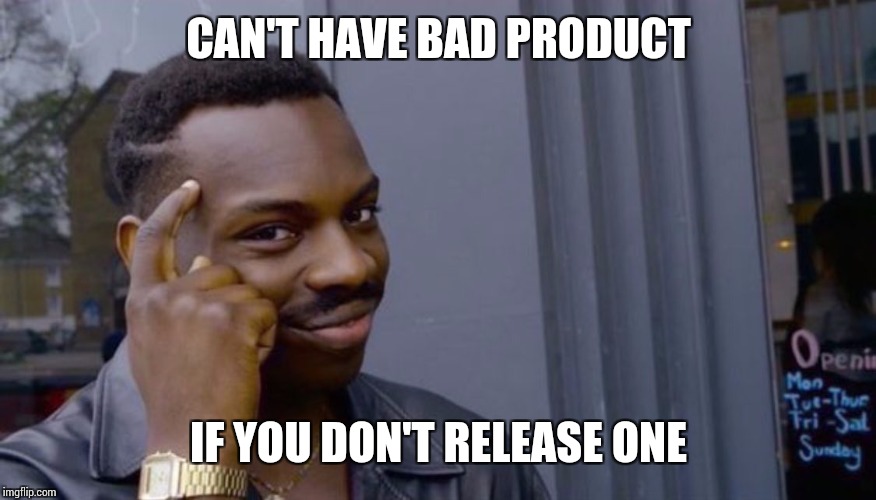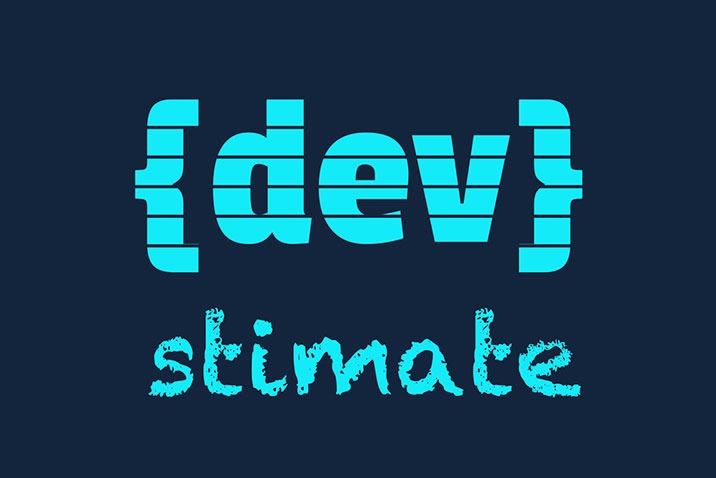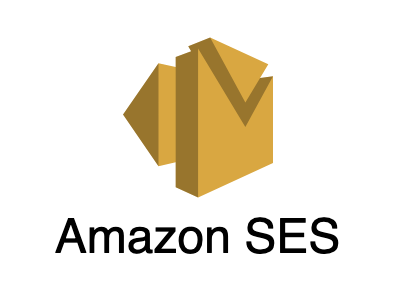When I first looked into how to plan, market, and launch my timesheet and invoicing software product Dev Dashboard, I got discouraged because there was more info about how to go about it than I could take in.
After a lot of reading and YouTube-ing, I found myself going through what they call "analysis paralysis". I had too many options, too much info, and I couldn't make a decision.
However, after some time of having this product idea in my head I realized that I needed to stop thinking and do something, anything, and start getting one foot in front of the other.
In this post I'd like to share my simple set of questions, to help you take your first step in creating your software product.
What is your idea?
Describe what your idea is about. Keep it short -- pretend you want to describe it to someone in 30 seconds or less. Mention the benefits of your app to your users. It doesn't have to be perfect. Remember, you can always come back and adjust it.
In my case, for Dev Dashboard, my idea sounds something like this:
Dev Dashboard helps freelance software developers increase productivity with a simple, easy to use time tracking and invoice app that runs on the desktop.
Who do you want to help?
Write down some things that describes your user. What are their habits? Where do they hang out online/offline? What sort of pain points do they have that relate to your product? Where do they live? What do the like to eat?
As I said before, it doesn't need to be perfect. The important thing is to get moving forward. Just begin to write some useful things down that helps you better understand your users.
Here's what I wrote for Dev Dashboard:
Target Users: - Remote freelancers - Digital nomads - Multiple clients with different timesheets - Use a lot of different ways to keep track of time (multiple timesheets) - May use spreadsheets to track time - May use templates for invocing - Use a lot of manual process to create invoices, track time - Wears multiple hats in their business - They are located globally - They work for agencies - They work for mom and pop shops - They work in small teams
How does your app benefit your users?
If you can't describe how you can benefit your users you might not have a good app idea. So this one is important. Think about how you can save them time, increase their productivity, increase their revenue, improve their life in some way, make them happier/healthier, etc...
Think about why your app will help them -- what is the reason behind the reason.
Here are some benefits I wrote for Dev Dashboard:
Benefits: - Make better business decisions by planning and tracking your annual income goals against your current revenue - Improve your work efficiency by using a single source of truth for all your timesheets - Keep clients happy by staying easily informed of project budget progress - Stay organized with all time data and invoices tracked in one spot - Decrease stress by using a clean, easy to use and efficient application
Are there similar products out there?
Do a little research on your competition. Maybe you will find that there is already a great solution for what you want to build, and you can move on to your next idea.
Get inspired from competition
You might also find there are some similar products, and as you learn more about them you will think of ideas of improving your own idea that you hadn't even thought about.
Write down the top ones, and describe how your app is similar and different to each.
What I did
For my product, 3 similar apps where Freshbooks, Timely, and Toggl
There were a lot of similarities, and they have some features that I just can't compete with at this time, but I did find some differences where I could take advantage:
- No third-party timesheet integrations
- They are larger companies, less nimble so they can't pivot as fast
- Their target market is broad, mine is very focused on only freelance software developers. I should be able to steal users if I do a great product
- The prices range from $5 - $50 a month, I should be able to offer a competitive price
- They don't have a free option. They do have a free trial, but a free option could retain more users which may later pay
- Their UI/UX can be improved on in some areas, in my opinion
How will you make money?
We all want to make money with our idea. Now you need to think about how you will provide a lot of value to your users at a price they are willing to pay.
Get a point of reference
To get an idea of what the price range could be, I looked at my competitor price points to see what they were doing.
Freshbooks has these prices points: https://www.freshbooks.com/pricing Toggle has these: https://toggl.com/pricing Timely has these: https://memory.ai/timely/pricing
They all have 3-4 options, ranging between $5-$50, and they also have custom pricing.
What I did
In my case, I think their price ranges are pretty broad. As an individual developer, I should be able to give a lot of value and compete at a reasonable price point.
I'm not yet sure about what my own prices should be, so it's still a work in progress. But I will definitely provide a free option, a middle option with added value, and a custom option where users can pick and choose their features.
Provide a free option
It's important to always give a free option. Users want to test your app out before they buy. As we saw, the timesheet apps provide a trial version. Which is acceptable.
I personally prefer just a "no strings attached" free option, which is what I'll do, but you need to decide on what will be best for you.
How will you find users?
Ok, the product is a little more fleshed out, and you have some possible price options and target audience. Now, you need to figure out how you will find your audience.
I'm not sure where to find them
If you still have no clue where they could be online, maybe you need to spend more time defining your users. Go back to that step and see if you can flesh it out more.
*Make a list of sites**
When you're ready, make a simple list of possible sites, social media, forums, groups, chat channels, or any other place your users visit, online or offline, where you can engage with them and ask them to check your app out and give you feedback once you have a version of your app ready to test drive.
What I'm doing
What I've decided for my product so far has been to join Indie Hackers, which is a great community for product developers, and start engaging with others who are also building products. I also plan to post on LinkedIn, and connect with other freelance developers who may be interested and build a network that can help me better understand their needs.
In the future I plan on doing more, but the idea here is to get started and moving forward. Don't overthink where you will find users, just select one or two sites, and focus on those. If you see those places aren't working, just choose another.
Who else do you need on your team to help you?
This is an important question. Do you need a software developer? A designer? Someone in sales?
Get the right team in place. Don't try to do too much on your own, that is if unless you have the time of course. If that's the case, I recommend you do as much as you can, if you're good at it.
How much will it cost you to build this?
Once you know who you need, define an MVP for your product. Get cost estimates from the team you bring in. Calculate what your infrastructure and third-party service costs are per month.
This may also make you adjust your software price.
Done!
In conclusion, I hope this helps you get started.



